Color steel tiles have become a popular choice in modern construction due to their durability, versatility, and cost-effectiveness. These roofing and cladding materials are widely used in residential, commercial, and industrial projects, offering a balance of functionality and aesthetics.
Content:
1.The core advantages of color steel tiles: Why does it become the “top stream” in the construction field?
2. Typical applications of color steel tiles: full coverage of scenarios from industry to people’s livelihood
3. More info. on Youtube and Tiktok
1.The core advantages of color steel tiles: Why does it become the “top stream” in the construction field?
Balance between “lightweight” and “high-strength”
Colored steel tiles use galvanized steel plates as the base materials, covered colored coatings (such as polyester, silicon-modified polyester & etc.).
They are lightweight (weight per unit area is only 8-15kg/㎡, about 1/6 of concrete tiles) and high-strength (tensile strength ≥ 270MPa),
which can effectively reduce the load-bearing pressure of building structures and are especially suitable for large-span roof designs.
Weather resistance and Durability of Color Steel Tiles
1)The surface coating contains anti-ultraviolet and anti-oxidation ingredients, and the double protection of the galvanized layer (zinc layer thickness ≥180g/㎡)
It can withstand harsh environments.
such as acid rain, salt spray, high temperature exposure, and normal service life can reach 15-25 years (far longer than the 8-12 years of ordinary colored tiles), greatly reducing the subsequent maintenance costs.
2)One of the most significant advantages of color steel tiles is their exceptional durability.
Made from high-quality steel coated with protective layers—such as galvanized or galvalume substrates—they are resistant to corrosion, rust, and extreme weather conditions.
The surface is further treated with a colored coating, typically polyester (PE), polyvinylidene fluoride (PVDF), or silicone-modified polyester (SMP), which enhances weather resistance and UV protection.
Unlike traditional roofing materials like clay or concrete tiles, color steel tiles do not crack under thermal expansion or freeze-thaw cycles. They can withstand heavy rain, strong winds, and even hail, making them suitable for regions with harsh climates.
Additionally, their lightweight nature reduces structural load, minimizing the risk of damage over time.
Convenient and economical construction of Color Steel Tiles
①Convenient installation
Colored steel tiles adopt standardized sizes (common width 900-1050mm, length customized on demand),
support modular splicing installation, and the labor efficiency of a single person can reach more than 3 times that of traditional tiles;
and the cost of raw materials is 30%-50% lower than that of ceramic tiles, and the comprehensive cost savings are significant, which is suitable for large-scale projects and civil buildings.
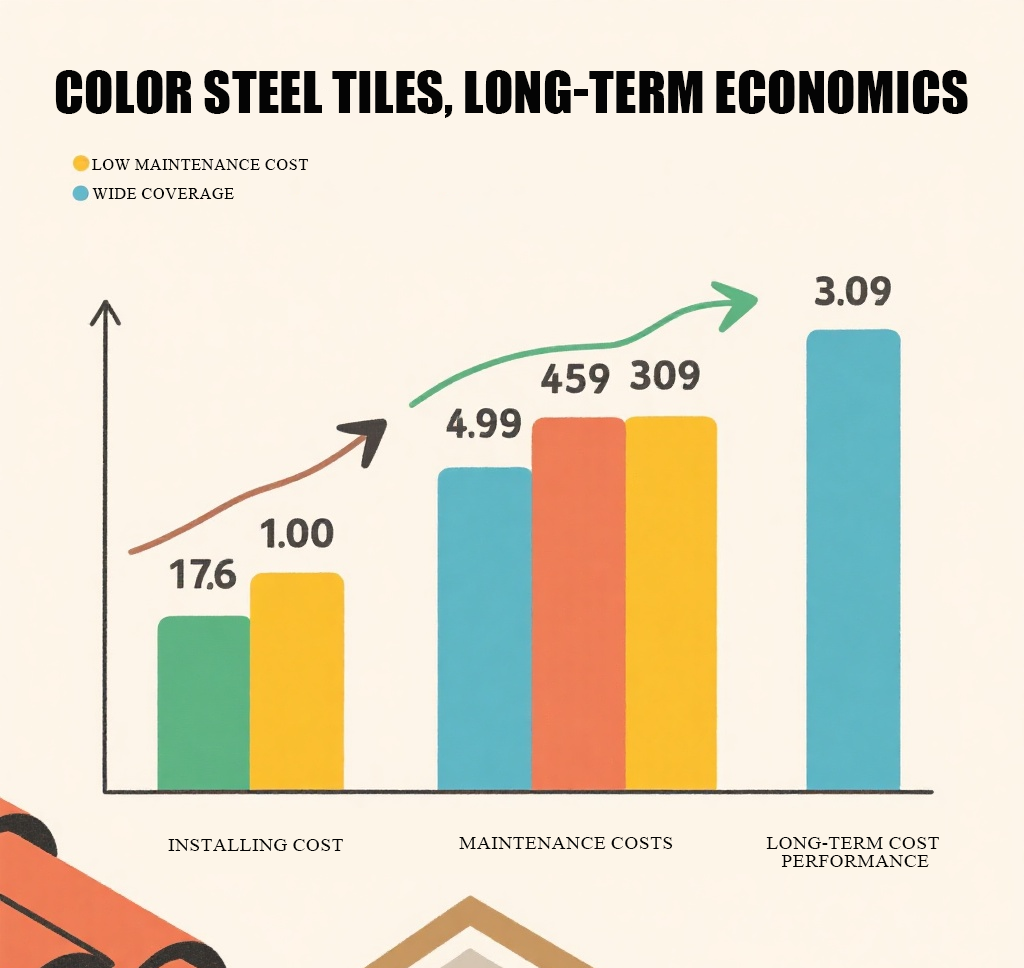
②Installation and Sustainability Considerations
Proper installation is crucial for maximizing the performance of color steel tiles.
They should be installed over a well-ventilated underlayment to prevent condensation, and fasteners must be correctly placed to avoid leaks.
Due to their modular design, they are suitable for both new constructions and retrofitting projects.
From an environmental perspective, color steel tiles are a sustainable option. Steel is highly recyclable, and many manufacturers use recycled content in production.
At the end of their lifecycle, the materials can be repurposed rather than ending up in landfills. Additionally, their energy-efficient properties contribute to greener building practices, aligning with modern sustainability standards.
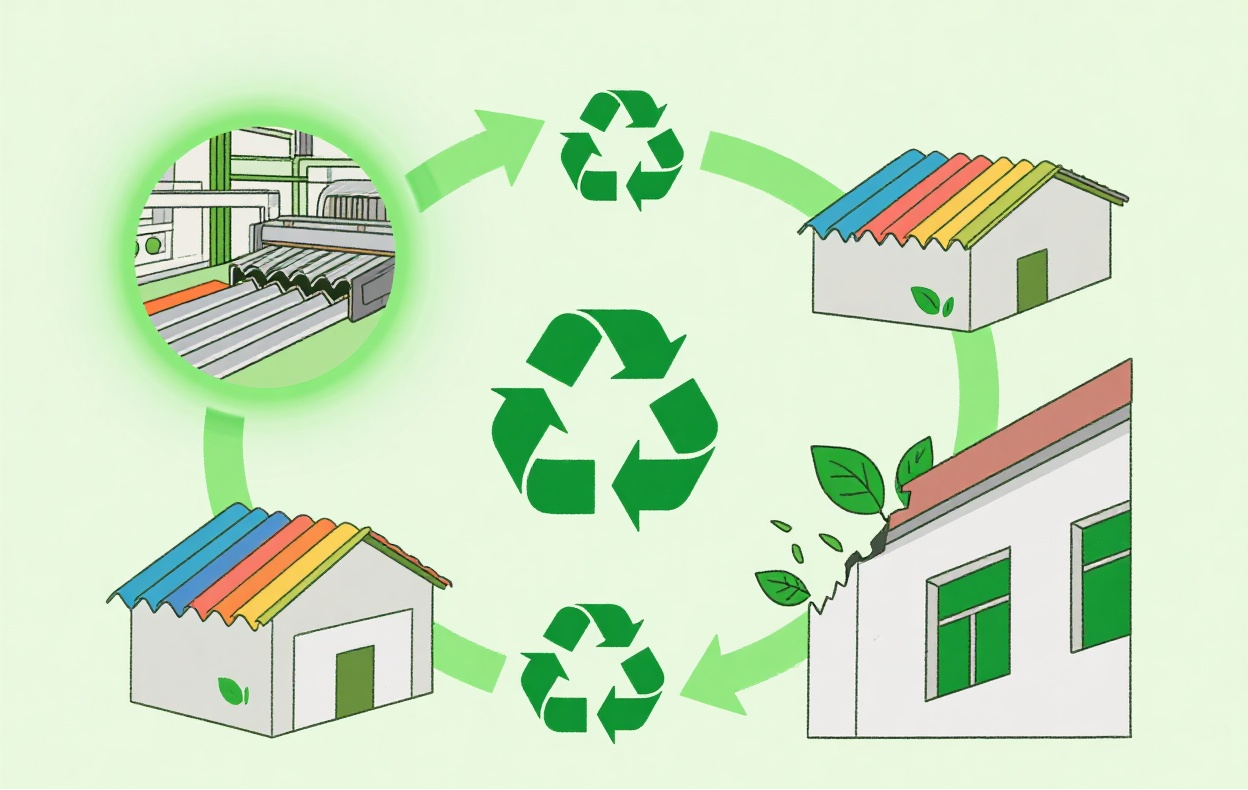
③Aesthetic Flexibility and Design Adaptability
Beyond functionality, color steel tiles offer a wide range of design possibilities. They are available in various colors, finishes, and profiles, allowing architects and builders to match different architectural styles. Common profiles include corrugated, standing seam, and trapezoidal designs, each providing distinct visual and structural benefits.
The color coating technology ensures long-lasting vibrancy, resisting fading even after years of sun exposure. This makes color steel tiles an excellent choice for both residential homes seeking a modern look and commercial buildings requiring a sleek, professional appearance. Furthermore, they can mimic traditional materials like wood or slate while offering superior performance, making them a preferred alternative in contemporary construction.
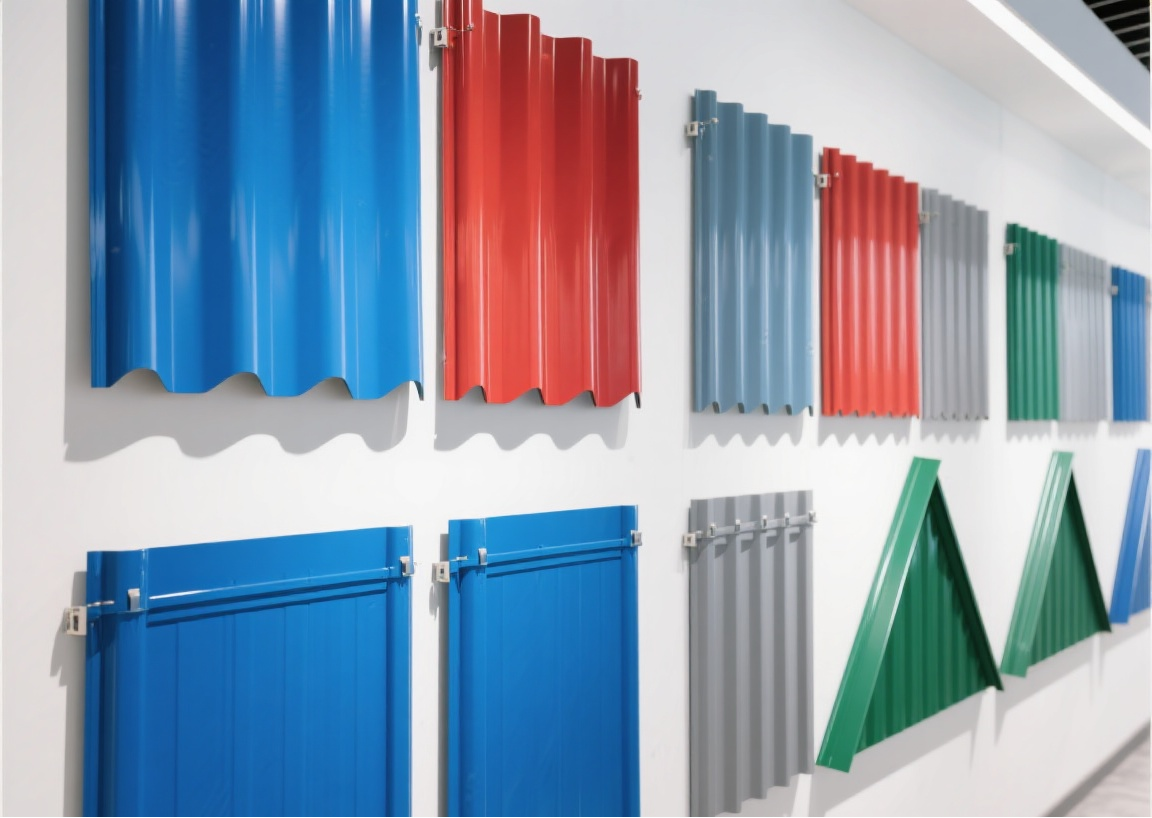
④Cost-Effectiveness and Long-Term Savings
From an economic standpoint, color steel tiles provide significant cost advantages.
Their lightweight nature reduces transportation and installation expenses compared to heavier materials like concrete or clay tiles.
Since they are prefabricated in standardized sizes, installation is faster, lowering labor costs.
Maintenance requirements are minimal—unlike wood, which may rot, or concrete, which can develop moss, color steel tiles only require occasional cleaning to maintain their appearance. Their long lifespan (often 30–50 years with proper installation) reduces the need for frequent replacements, offering long-term savings.
Additionally, their energy efficiency contributes to cost reduction. Some color steel tiles feature reflective coatings that help regulate indoor temperatures, lowering heating and cooling expenses.
This makes them an environmentally and economically sustainable roofing solution.

Functional expansion
Through the composite process, the functions of heat insulation (adding polyurethane foam core layer), sound insulation (filling glass wool in the sandwich layer),
and fire prevention (rock wool core material) can be upgraded to meet the diverse needs of industrial plant insulation and residential quietness.
2. Typical applications of color steel tiles: full coverage of scenarios from industry to people’s livelihood
Applications in Modern Construction
The versatility of color steel tiles allows them to be used in various settings:
- Industrial buildings: “standard” for factories and warehouses.
- Civil buildings: lightweight options for residential houses and villas.
- Temporary buildings: the best choice for emergency and turnover scenarios.
- Agricultural facilities: a practical choice for greenhouses and storage

Color steel tiles offer a compelling combination of durability, design flexibility, cost savings, and sustainability.
Their ability to withstand harsh conditions while maintaining an attractive appearance makes them a practical choice for a wide range of construction projects.
As building trends continue to favor efficient and long-lasting materials, color steel tiles remain a reliable solution for modern roofing and cladding needs.
①Industrial buildings
Industrial factories have high requirements for load-bearing, fire resistance, and weather resistance.
The color steel tiles (especially rock wool/polyurethane sandwich panels) have become the preferred material for workshop roofs and side walls due to their high strength, fire rating A (some products), and quick installation characteristics.
They are widely used in electronics factories, machinery manufacturing plants, logistics warehouses, etc.
②Civil buildings
In low-rise residential structures, rural self-built homes, and vacation getaways alike, color steel tiles—take aluminum-zinc coated steel sheets paired with PE coatings as a prime example—have been progressively replacing traditional ceramic tiles.
They’ ve emerged as the go-to building material for “light steel frame houses,”
and it’ s easy to see why: these tiles bring versatile aesthetics (matte finishes, glossy sheens, stone-like patterns, you name it), a lightweight profile that eases wall stress, and a lightning-fast installation process (roofing can be wrapped up in just 3 to 5 days).
③Temporary buildings
Color steel panel structures—think temporary storage units, portable site offices, and emergency relief shelters—are winning hearts in construction and disaster response circles.
Why? They’ re built for “disassemble-and-go” convenience: easy to take down, a breeze to transport, and light on the wallet.
Perfect for short-term needs like disaster relief efforts or construction projects that don’t stick around forever. Even better?
These structures keep their value—over 80% of them can be reused within 3 to 5 years, making them a smart, sustainable choice for quick, temporary setups.
④Agricultural facilities
Agricultural greenhouses call for three must-haves: letting light in, keeping warmth in, and standing strong against wind.
Enter color steel tiles—especially those decked out with light-transmitting films or sunshade nets—they’ re the go-to pick for greenhouse rooftops.
Meanwhile, agri-storage warehouses and livestock barns lean into their moisture-resistant and rust-proof strengths, dialing down environmental risks for stored crops and animals.
3.More info. on Youtube and Tiktok
See the video of the project case with color steel tile, on Youtube follow “Chuanya Roof Tiles”









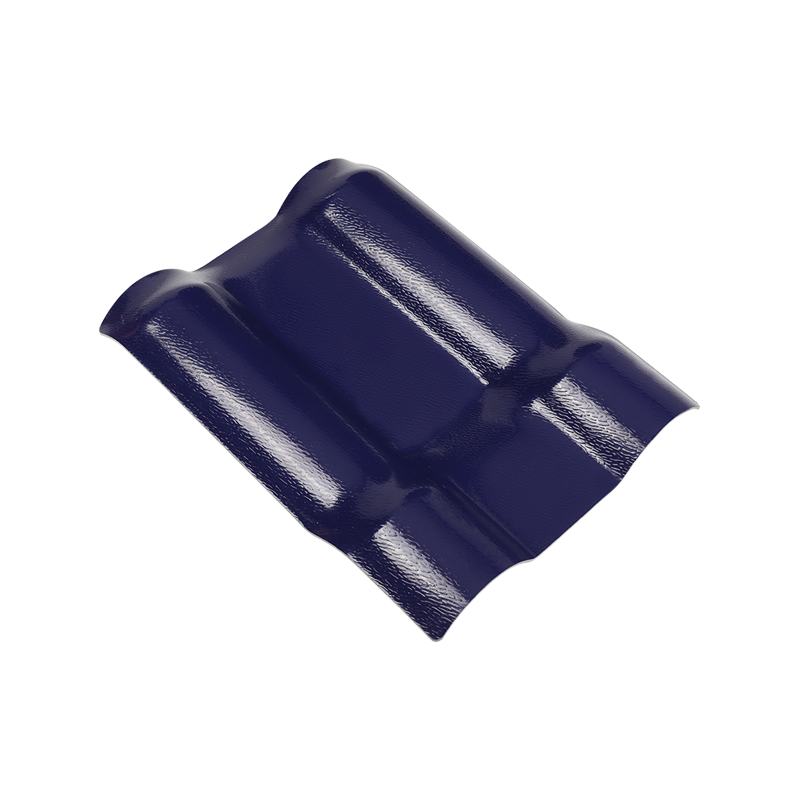
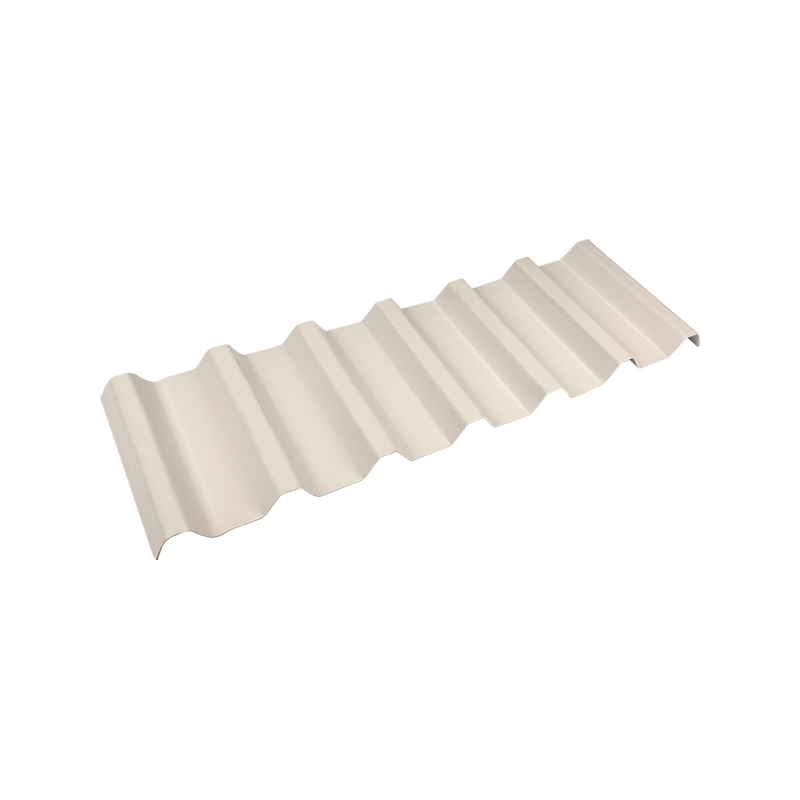

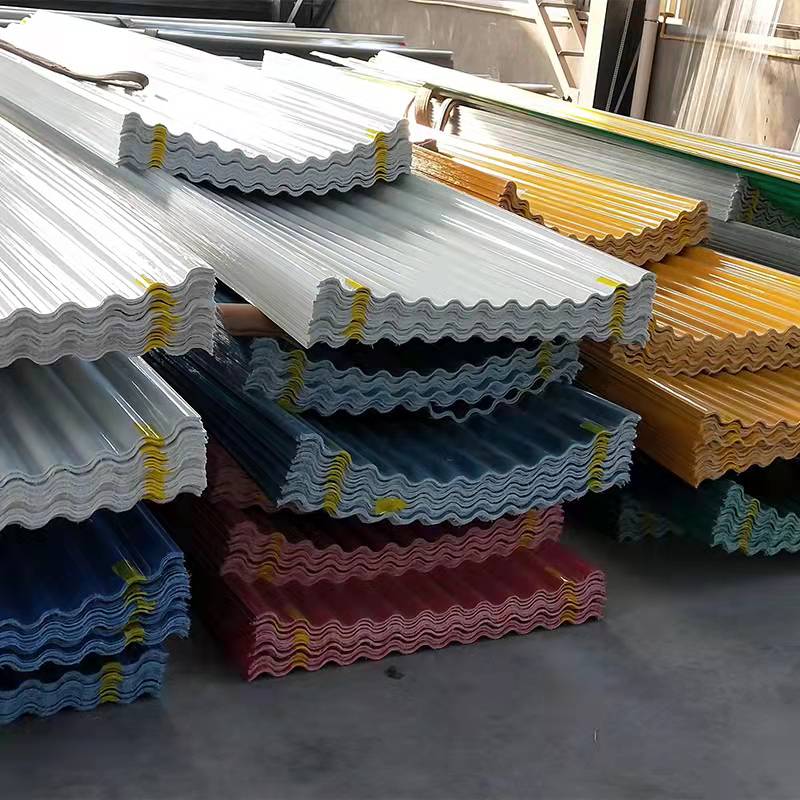
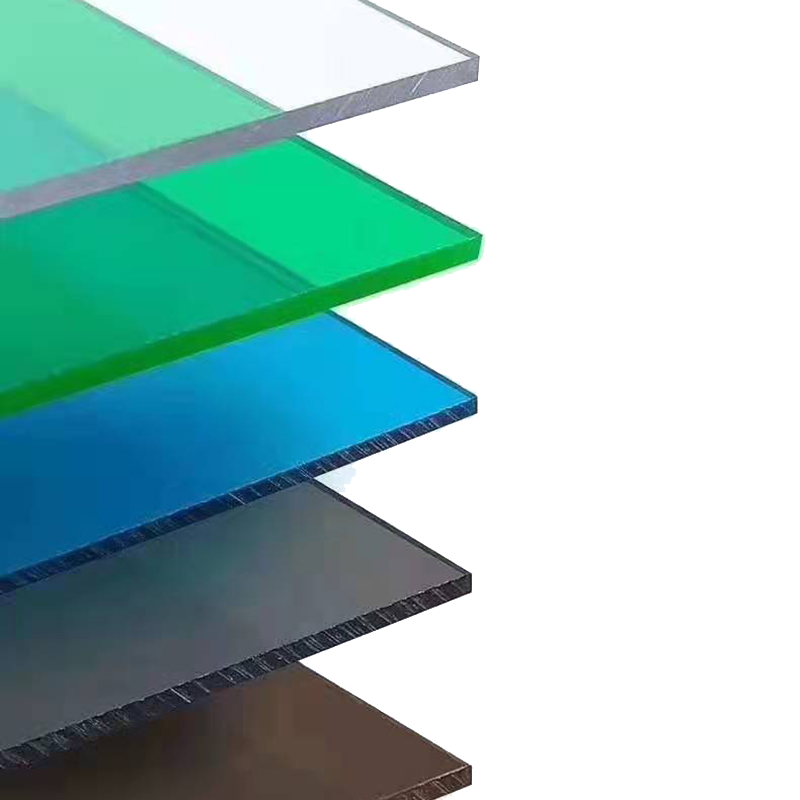
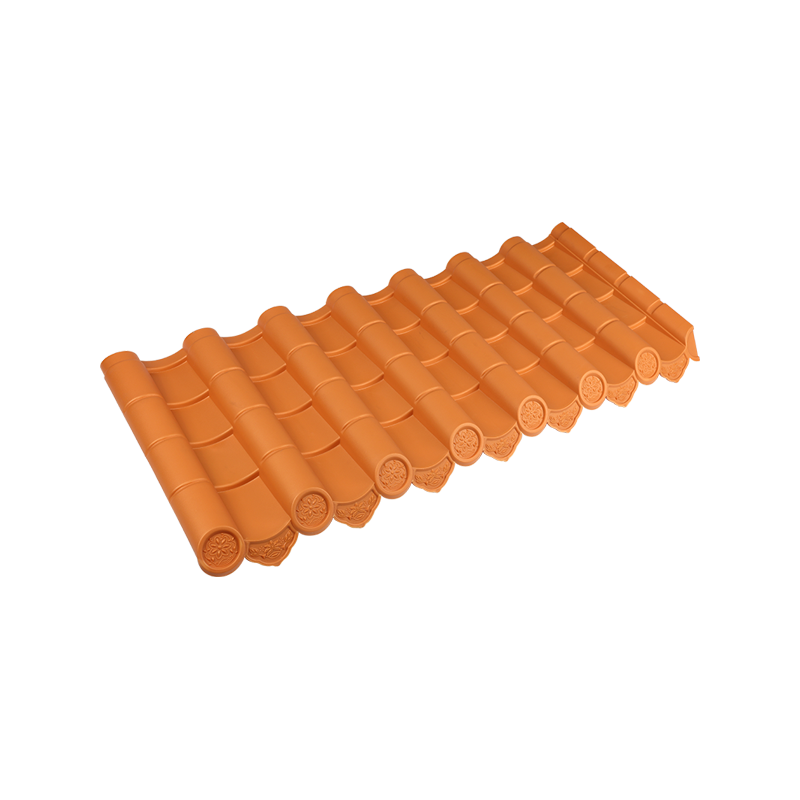



 Email:
Email: Phone:
Phone: Adress:
Adress: